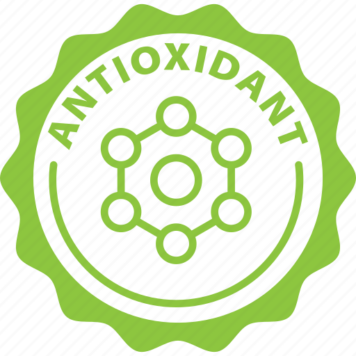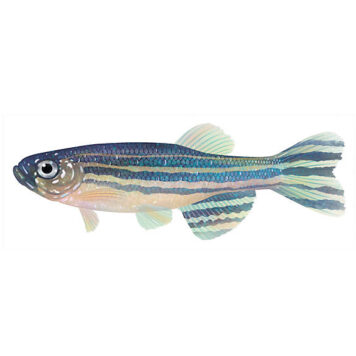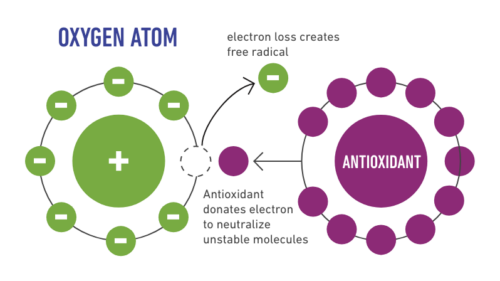Antioxidant properties / No toxicity / Safety
Fullerenes are a relatively new group of compounds and represent a class of sphere-shaped molecules made exclusively of carbon atoms. Since their discovery in 1985, many aspects of both fullerene and its analogues have been intensively studied to reveal their physical and chemical reactivity, as well as potential use in biological systems. Both in vitro and in vivo studies have shown that polyhydroxylated fullerene derivatives, fullerenol nanoform (C60(OH) n , n = 2-72), can be potential antioxidative agents in biological systems. This chapter represents a review of published studies of fullerenes’ biological activities with special accent on the most tested fullerenol nanoform C60(OH)24.
Related researches 23 articles

Antioxidant properties / No toxicity / Safety
The Effect of Fullerenol C60(OH)36 on the Antioxidant Defense System in Erythrocytes

Antioxidant properties / No toxicity / Safety
Effects of fullerenol nanoparticles on kidney tissue in sevoflurane‑treated rats

Antioxidant properties / No toxicity / Safety
Effect of fullerenol nanoparticles on oxidative stress induced by paraquat in honey bees

Antioxidant properties / No toxicity / Safety
The Puzzling Potential of Carbon Nanomaterials: General Properties, Application, and Toxicity

Antioxidant properties / No toxicity / Safety
Antioxidant activity of highly hydroxylated fullerene C60 and its interactions with the analogue of α-tocopherol

Antioxidant properties / No toxicity / Safety
Antioxidant Activity and Toxicity of Fullerenols via Bioluminescence Signaling: Role of Oxygen Substituents

Antioxidant properties / No toxicity / Safety
The neuroprotective effect of fullerenols on a model of Parkinson’s disease in Drosophila melanogaster

Antioxidant properties / No toxicity / Safety
In vitro and in vivo study of the toxicity of fullerenols С 60, С 70 and С 120 О obtained by an original two step method

Antioxidant properties / No toxicity / Safety
Toxicity of functionalized fullerene and fullerene synthesis chemicals

Antioxidant properties / No toxicity / Safety
Impact of Titanium Dioxide and Fullerenol Nanoparticles on Caco-2 Gut Epithelial Cells

Antioxidant properties / No toxicity / Safety
Mechanisms of Antioxidant Activities of Fullerenols from First-Principles Calculation

Antioxidant properties / No toxicity / Safety
Fullerenol nanoparticles prevents doxorubicin-induced acute hepatotoxicity in rats

Antioxidant properties / No toxicity / Safety
Effects of Fullerenols on Mouse Brain Microvascular Endothelial Cells

Antioxidant properties / No toxicity / Safety
Mechanism of ROS scavenging and antioxidant signalling by redox metallic and fullerene nanomaterials: Potential implications in ROS associated degenerative disorders

Antioxidant properties / No toxicity / Safety
Bioluminescent Enzymatic Assay as a Tool for Studying Antioxidant Activity and Toxicity of Bioactive Compounds

Antioxidant properties / No toxicity / Safety
Effects of fullerenol nanoparticles on acetamiprid induced cytoxicity and genotoxicity in cultured human lung fibroblasts

Antioxidant properties / No toxicity / Safety
Gene expression and biochemical responses in brain of zebrafish Danio rerio exposed to organic nanomaterials: carbon nanotubes (SWCNT) and fullerenol (C60(OH)18-22(OK4))

Antioxidant properties / No toxicity / Safety
Concentration-dependent effects of fullerenol on cultured hippocampal neuron viability

Antioxidant properties / No toxicity / Safety
Effect of fullerenol C(60)(OH) (24) on lipid peroxidation of kidneys, testes and lungs in rats treated with doxorubicine

Antioxidant properties / No toxicity / Safety
Effects of fullerenol C60(OH)24 on the frequency of micronuclei and chromosome aberrations in CHO-K1 cells

Antioxidant properties / No toxicity / Safety
Fullerenol C60(OH)24 prevents doxorubicin-induced acute cardiotoxicity in rats


